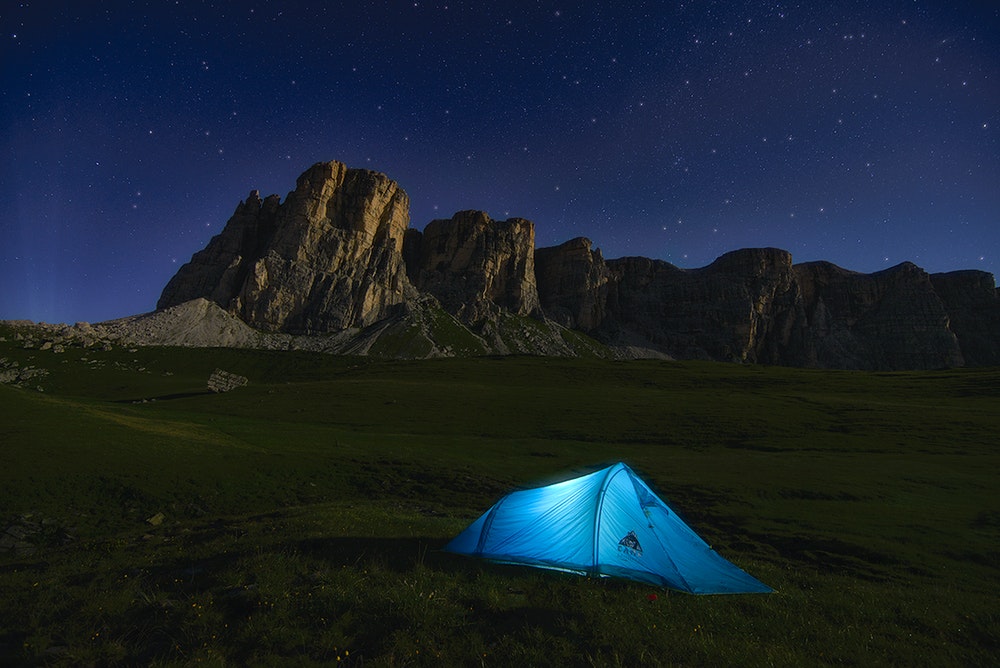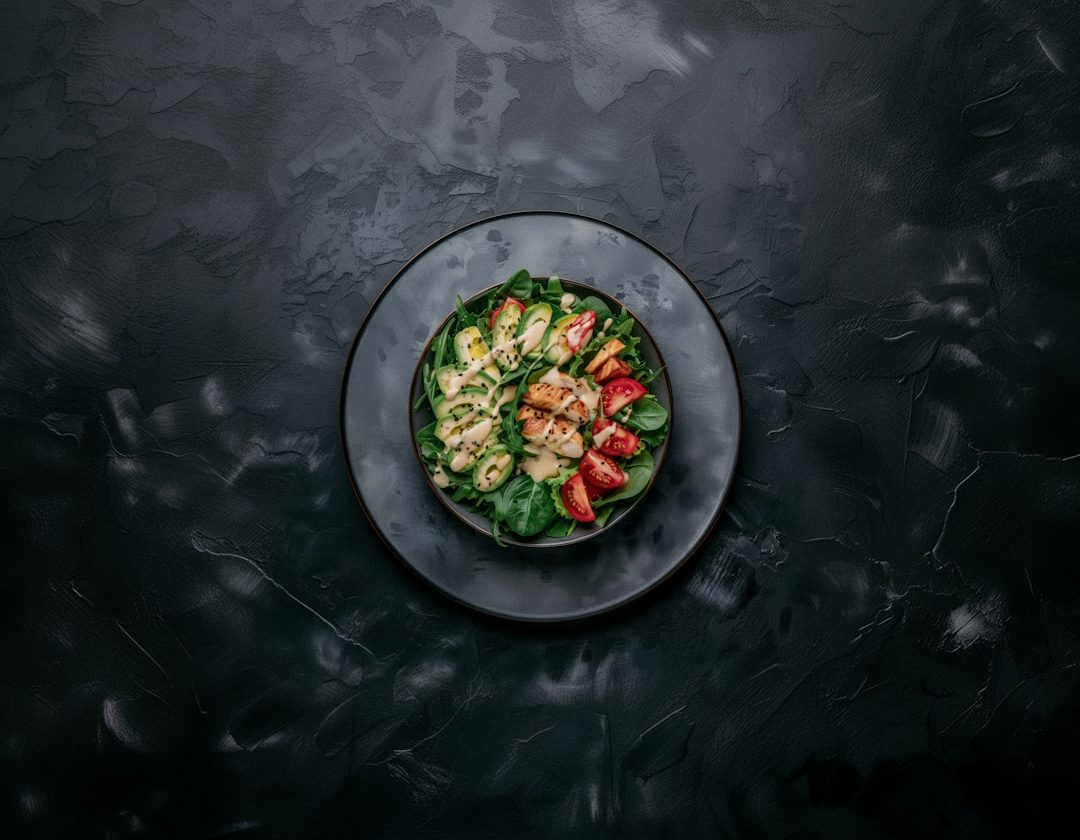These campsite setup tips were compiled over many experiences and lessons learned. Whether you’re going on a weekend campout or pitching a tent along the Appalachian Trail, use these tips to help plan your campsite.
Some campsite setup tips are unique to the campers and the location and the conditions. For example, campers with children may want to put some trees between them and the eastern exposure so that they’re not up at dawn. Summer campers may choose to avoid standing water in buggy areas. And other campers may look for trees and grassy areas if they’ve come with their doggy friends.
Campsite Setup Tip #1: Look to the high ground!
No one likes to think about rain when planning a camping trip, however it’s better to consider it before you set the tent up…than after. Look at the area where you want to camp. Are there signs of drainage? Mud paths? Marsh weeds? Low lying areas or drainage paths can turn a quick summer storm into a tent-drenching torrent. If the only suitable area available is a drainage area, dig a shallow trench around the tent, approximately 1-2 feet away from the perimeter tent stakes.
It can be as wide as a shovel blade and just 3-4” deep. At the back of the tent, scrape an exit path for the water in the direction of the natural grading. For example, if it looks as if the water may wash from the right to the left of the tent, create a small trench that takes the water from the perimeter trench and veers off to the left. This will keep the water flowing around the tent…not through it!
Campsite Tip #2: Identify & Mark the Hygiene Areas
When we used to go on military field exercises, we’d simply state that 10 paces out the back flap to the left was the teeth-brushing area…10 paces out the back flap to the right was for other business. Keep these areas as far away as you can from the campfire and areas where you eat.
The longer you are camping in one spot, the more important this rule becomes. You also want to make sure that you mark any areas of poison ivy, groundhog holes, or other things that might be unpleasant to stumble upon at night. One year, we found a hole with baby snakes.
Take a few minutes to scout out your campsite so that you can designate certain areas and avoid any hazards.
Setup Tip #3: Find Level Ground
Sometimes a slight slope doesn’t appear to be a big deal…until you wake up the next morning with all 6 occupants having rolled to the same corner of the tent! Often times just moving the tent a few feet in one direction can make all the difference in the world.
Other things that are good to avoid are bid tree roots, rocks, and animal holes. The tent floor and sleeping bag will transfer every imperfection of the ground to YOU. If you have an inflatable mat or bed roll, this can help add some comfort. However the best thing that you can do for a good night’s sleep is find a patch of level ground with as few lumps and bumps as possible.
Campsite Setup Tip #4: The Food Tree
Most of our furry woodland friends like the same foods we like. In fact, the smells of your campfire dinner will likely attract animals, raccoons, possums, and other critters.
Keep the food away from the tent. Use a few backpacks or other bags to gather the food and hoist them over a tree branch. This will keeps the food out of an animal’s reach, and keeps our furry friends out of our tent looking for food!
Tip #5: The Versatile Tarp
A tarp can be an invaluable item to add to your packing list . Whether you want it for an added layer under your tent, a covered porch to keep mud at bay, or a lean-to for a quick shelter, tarps have many, many uses in the woods. Pack some rope or strong cord and attach to the eyelets to hang it up. You can string it between trees or anchor it on a rock ledge.
One rainy campout, we were able to use the tarp to keep our campfire and breakfast nook dry which helped us salvage a fun weekend despite the wet weather.
Campsite setup shouldn’t take that much time, however if done right, it only has to be done once. Choose your site wisely and put some thought into where you place your tent, food, and other belongings. It’s well worth the time and effort to follow these campsite setup tips!






